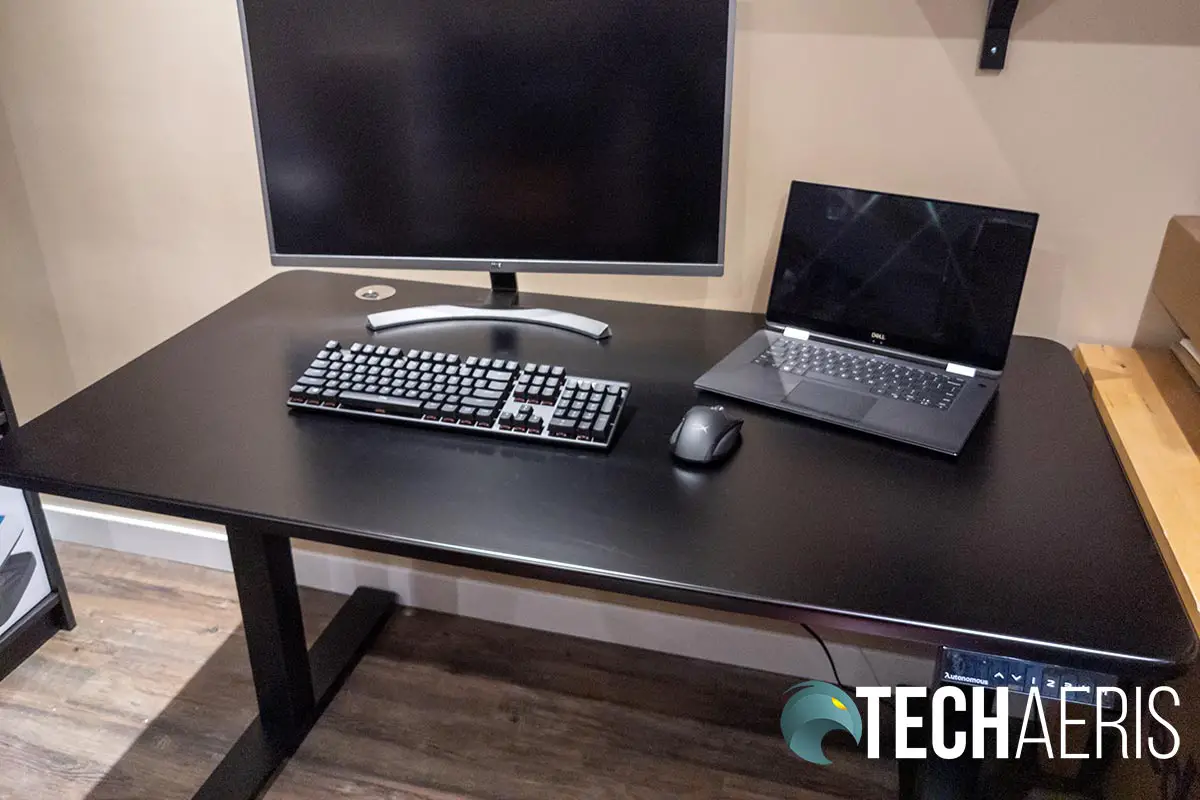A couple of weeks ago, we posted 10 tech gadgets savvy consumers are looking forward to in 2020 as picked by our friends over at Autonomous. Today we’re back with another post that looks at remote working trends now that working from home is the new normal, and likely to remain as such after the current COVID-19 pandemic.
The worldwide pandemic has caused a dramatic shift in the way we work, with many workers being asked to work from home indefinitely. Though some companies had begun experimenting with a distributed workforce before the pandemic, remote working became a sudden and widespread adoption in a matter of days around the world.
Major tech companies like Google and Facebook have announced that they will continue to allow employees to work remotely well into 2021. And it appears that the trend is here to stay, as companies adjust and reimagine their plans for the 2020s in a post-pandemic world.
In a recent survey by the Kung Group, over 500 firms were asked about their plans for the future and how they would handle employees working remotely. They found that:
- 70% of the firms said they would let at least some of their employees continue working from home after the pandemic.
- Of those firms, they confirmed that an average of 70% of their office workers would be allowed to work from home.
- Even more telling, 65% of firms said they would not return to the office immediately if stay-at-home orders were lifted.
- A whopping 66% of firms are reevaluating whether to invest in office space for the next decade.
- On a positive note, 76% of firms reported that they had maintained or increased levels of productivity as a result of employees working from home.
So what does this mean for future work-from-home trends? It’s likely that many, if not most of us, will be readjusting to this lifestyle for the foreseeable future. So what are some trends we can expect, and how can we stay on top of them to ensure a bright remote working experience?
How tools and technology are evolving
In decades past, remote working was impossible because there weren’t enough tools for employers and employees to keep in touch with each other. They were limited to faxes and phone calls, without even the basic convenience of sending an email.
Video conferencing has been a game-changer in the past decade as people adopted broadband internet and could take advantage of the high speeds for better, real-time communication. In fact, even before the pandemic, many office workers have depended on this technology to operate from remote locations or with teams in different localities.

The pandemic and work-from-home revolution have accelerated this trend, as many companies are opting out of face-to-face meetings in favor of remote meetings. Zoom has become a hugely popular meeting tool for companies and teams all over the world to stay connected amid the pandemic, and it is likely to become a permanently-adopted tool for many.
In addition to video conferencing, outreach and social media have dramatically impacted how companies reach their customers. Since word-of-mouth and storefront advertising are increasingly becoming a thing of the past, social media platforms like Facebook and Twitter have quickly evolved from social gathering places to lucrative e-commerce sites where companies can reach their customers.
Software companies have increasingly stepped up to deliver work-from-home tools that meet remote workers’ needs. Slack is increasingly becoming the go-to communication app for companies and teams with clear organization of messages and access to useful extensions like Google Drive.
Trello is another project management app that has had a dramatic impact on the workflow of teams working on multi-faceted projects. Especially useful for creatives and content production, Trello uses a system of “cards” to organize projects and ideas into a single easily accessible central platform.
Time management tools like the Pomodoro method have increasingly become popular as ways to manage a loose and flexible work-from-home schedule, in order to increase productivity and ensure employees are getting the most work done they can outside of a traditional office environment.
Upcoming smart tools for your home office
While companies around the globe are scrambling to innovate and stay ahead of this upcoming trend, some exciting new solutions and products are hitting the market. Remote workers are increasingly interested in ergonomic tools for their home offices as they seek to invest in long-term solutions that will alleviate their discomfort and help them work from home healthy and happy.
One such company, Autonomous, has announced its upcoming all-in-one home office solution for those who need a separate office space in their home, without having to invest in expensive and complicated home renovations. The Zen Work Pod is a gorgeous single-room solution that fits in just about anywhere on your property and includes a SmartDesk 2 (which we reviewed here at Techaeris) and ErgoChair 2.
Set for release this fall, the Zen Work Pod promises to deliver an affordable solution to all who need the convenience of private office space in their homes. It even includes setup services, so you can simply order it, sit back, and let the experts assemble your all-inclusive new office space.
Another exciting product on the horizon is Autonomous’s all-new SmartDesk 4, a revolutionary smart office tool that combines the latest technology with the comfort and practicality of an electrically height-adjustable standing desk. The SmartDesk 4 can be controlled via an app, allowing you to fine-tune its settings with the touch of a finger. The app also includes productivity tools and free exercise videos that you can use to stay active and healthy right at your desk.
In addition to the cutting-edge built-in technology, the SmartDesk 4 also includes an upgraded electric motor which is incredibly quiet at only 40 dB. It also features an increased lifting capacity of up to 350 pounds, making it the sturdiest and most reliable standing desk the company has ever produced. You can subscribe here to find out more information and learn about how to get a SmartDesk 4 for your home office as soon as it’s available.
Conclusion
There’s never been a better time to take advantage of the growing trend of working from home by investing in smart tools that will last you for the next decade. The 2020s will be full of new challenges and trends, but we can meet them head-on as long as we stay on top of the latest smart solutions.
What do you think about these remote working trends? What are some of your favourite work-from-home tools? Have you been working from home during the pandemic? Let us know in the comments below or on Twitter, Facebook, or MeWe.
Last Updated on February 3, 2021.











